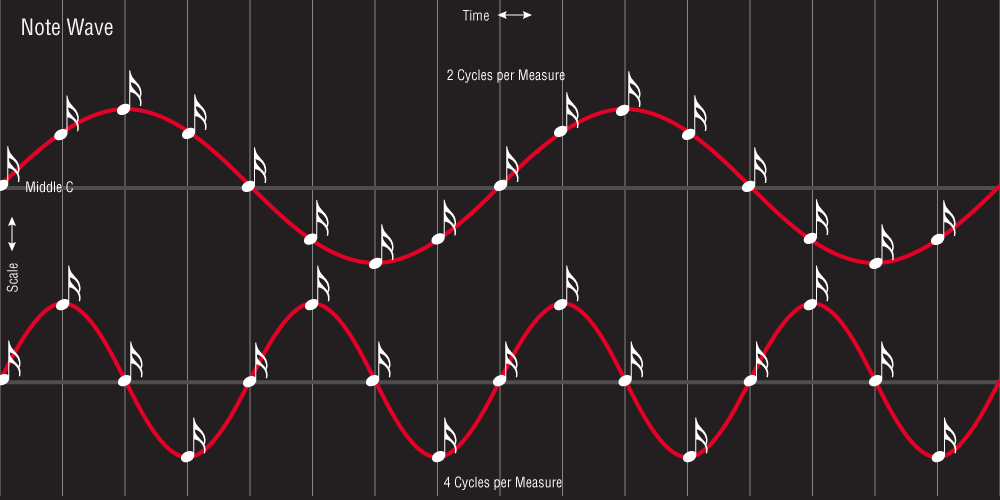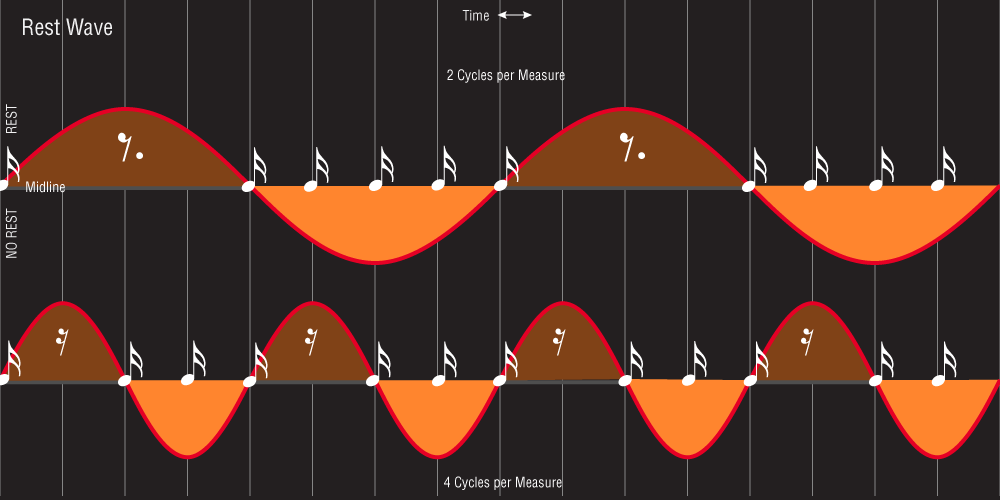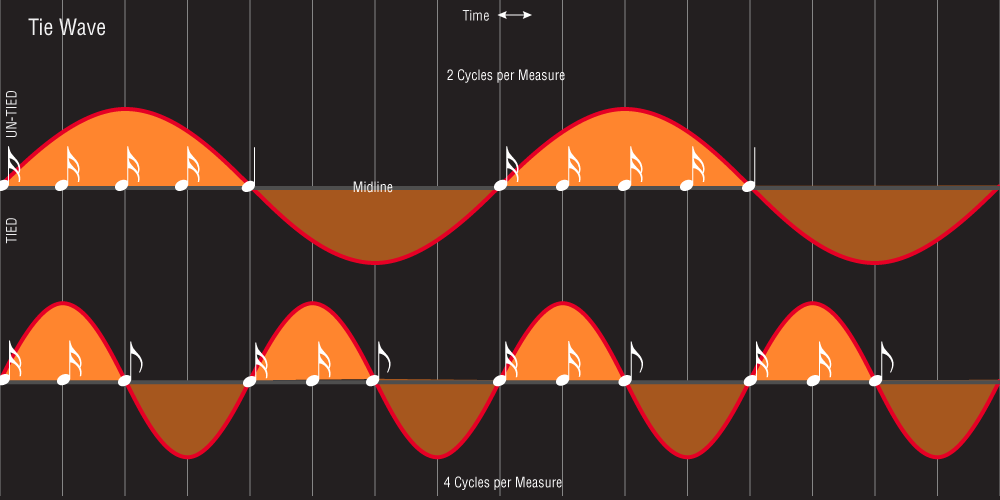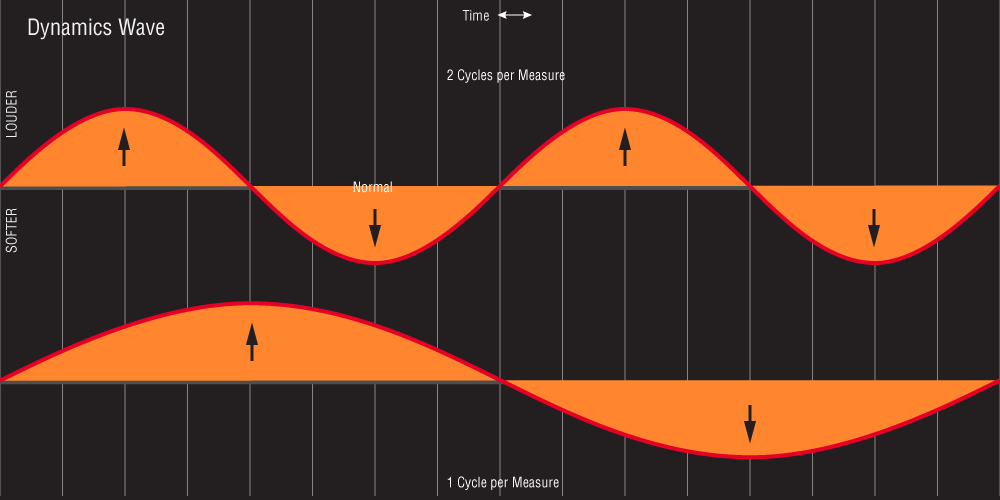|
Cyclophone Technology is actually a very simple and obvious idea but applied in a not-so-obvious way. It evolved from the work Peter McClard did in the 1980's after creating a music theory he calls Holistic Tonality. He wrote a program in 1988 called HyperChord which explored the boundaries between musical structure and musical sound and one small feature of this employed the use of sinusoidal LFOs (Low Frequency Oscillator), also known as waves, to construct both musical structure and musical sounds played by that musical structure. Out of that evolved a more elaborate treatment of the musical structure but staying with the purity of the sine wave and it's many variations including: square, triangle, sawtooth, step, etc. As is well known, any musical parameter can be assigned an LFO with additional additive LFOs combined in all sorts of ways. Many important software steps are required to take a basic ideal like this and incorporate it into a practical solution that others can use. That is the task we at Techné Media, including Mr. McClard, take on gladly and we hope you like the results. There have been numerous versions of Cyclophone since the late 90's however none of them were released commercially and were for private artistic use so we are excited to finally share this with people via our iPad apps: Different Drummer and Cyclophone (2014). While there is no mathematical limit on how many waves one can add together in how many ways, practicality requires us to pick and choose the types of things we end up doing. Current parameters we control parametrically include but are not limited to:
Each of these component waves is composed of a Fundamental wave measured in Cycles Per Measure or Measures Per Cycle and N partials of that fundamental, making for an astronomical set of variables that allow you to dial in a vast array of musical possibilities. The number of components (partials) that comprise a wave (Fourier Series) or the trigonometric algorithms used on a partial are nearly limitless, very similar to any and all methods used for sound synthesis. Below are some figures to illustrate the principles:
|




